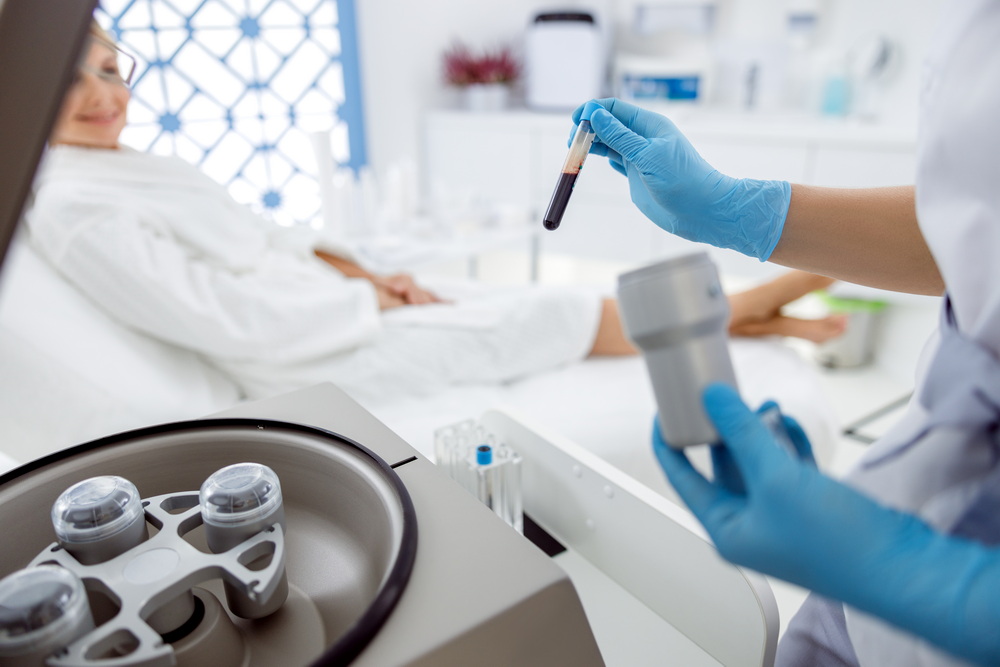5 Reasons to Consider PRP Therapy for Soft Tissue Injuries

Soft tissue injuries are among the most common. People pull muscles and tear ligaments and tendons. They suffer joint pain when cartilage between bones breaks down and is not replaced. The first line of defense is often pain medication. But what about other options? We tend to encourage patients to consider platelet-rich plasma (PRP) therapy.
PRP therapy is a form of regenerative medicine that seeks to use the patient’s own blood to promote healing. It can be utilized to treat all sorts of soft tissue injuries and diseases. Most commonly, pain doctors turn to PRP therapy for things like osteoarthritis, sports injuries, and the like.
The treatment is an injection treatment that is performed right in the doctor’s office. The entire procedure takes about an hour, from start to finish. If you are intrigued by PRP therapy but are still a bit hesitant, here are five reasons to consider it for soft tissue injuries:
1. It Is Safe
Despite overblown media reports over the last several years, PRP injections are completely safe. The key to their safety is the use of autologous material. In other words, your PRP treatments would not be conducted using someone else’s blood. You provide your own blood. As such, there is no risk of rejection. The biggest risk to PRP is the same risk that accompanies all injection treatments: the slight risk of infection.
2. It Is Natural
Treating soft tissue injuries with pain medication can be effective, but it is certainly not natural. Medications are artificial substances we introduce as foreign entities into the body. PRP injections are completely natural. They utilize the patient’s own blood. What could be more natural than that?
3. It Promotes Healing
The biggest benefit to PRP therapy is its ability to promote healing, according to Lone Star Pain Medicine in Weatherford, TX. Pain medications mask pain. However, they don’t do anything to help fix the underlying problem. PRP injections are rich with platelets, growth factors, and other substances the body needs to heal itself. Therein lies the goal. Regenerative therapy looks to promote healing rather than masking pain.
4. It Is FDA Approved
Media reports would have consumers believe that regenerative medicine is rogue medicine without any FDA approval. Nothing could be further from the truth. Current FDA rules offer approval for regenerative therapies as long as the biological material being used is both autologous and minimally manipulated. PRP injections certainly fit the bill.
It would be one thing if doctors were using blood donated by one patient to treat another. But that is not the case. Moreover, PRP injections do not involve processing the patient’s blood and adding other components to substantially change its molecular or biological makeup. The patient’s blood is drawn and spun in a centrifuge in order to concentrate platelets. That’s about it.
5. It Can Offer Long-Lasting Relief
Finally, though PRP therapy doesn’t work for every patient in every case, it can offer long-lasting relief when it does work. Moreover, it can get the patient back ‘in action’ more quickly. That explains why professional athletes are turning to PRP therapy more often than ever before. PRP injections get them back into competition more quickly and with more complete healing.
PRP therapy is obviously not the answer for every soft tissue injury. But neither are pain medications, physical therapy, and surgery. The fact is that PRP therapy is a legitimate option that deserves to be part of the discussion. At least consider it if you are unable to find relief for soft tissue injury or disease by other means.


Comments are closed.